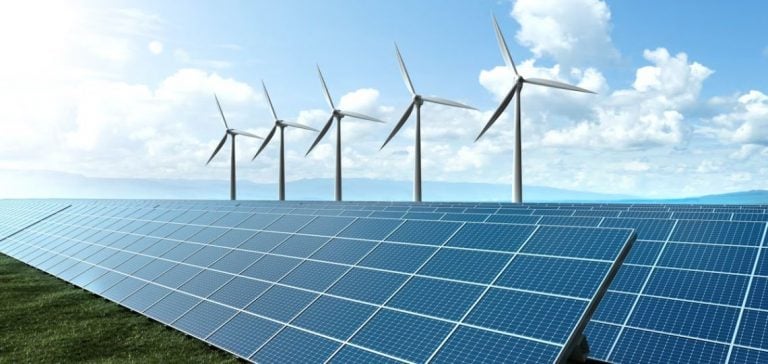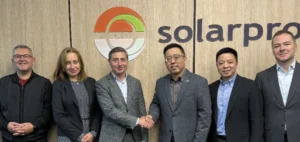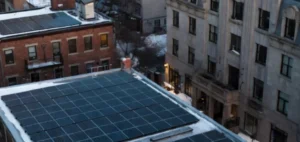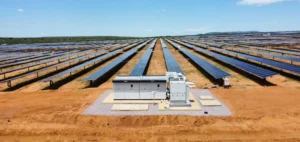The energy sector is undergoing a profound transformation.
Since 2018, global solar and wind power capacity has more than doubled, driven by supportive government policies and steadily falling costs.
These variable renewable energies (VRE) now play a key role in decarbonizing the electricity sector.
They account for a significant proportion of the greenhouse gas emission reductions needed to achieve global climate targets, notably carbon neutrality by 2050.
Indeed, they are responsible for two-thirds of the reductions in carbon dioxide (CO2) emissions in the power sector.
However, if these energy sources continue to grow at this rate without an adequate framework for integrating them into power grids, their potential could be severely limited.
A recent report by the International Energy Agency (IEA) points out that without immediate integration measures, electricity production from these sources could be 15% lower by 2030, reducing their share of the global energy mix.
The challenges of effective integration
Integrating ERVs poses considerable technical challenges, not least because of their intermittent nature.
Solar and wind power are weather-dependent, which means that electricity production can fluctuate wildly over the course of a day or season.
These variations impose a high degree of flexibility on power systems to maintain a balance between supply and demand in real time.
Countries with a low share of these energies in their energy mix, such as the USA and China, can generally increase their renewable capacity without major structural reforms.
However, countries already well advanced in this transition, such as Denmark and Ireland, face more complex challenges.
These countries need to invest in energy storage and grid management solutions to stabilize their power systems.
Energy storage as a solution
Managing variations in production requires innovative solutions such as energy storage.
Battery technologies enable surplus electricity to be stored for use when production is insufficient.
In South Australia, a management model based on energy storage has already proved its effectiveness, helping to stabilize fluctuations in the local grid.
However, these solutions are not accessible to all countries, due to their cost and the infrastructure required.
Investment in grid interconnections therefore becomes a viable option for several states, enabling renewable resources to be pooled and production to be efficiently managed on a regional scale.
Essential public policies
Technological progress is important, but the role of public policy should not be underestimated.
According to the IEA, successful integration of ERVs depends above all on appropriate regulatory reforms.
Governments must take steps to encourage investment in flexible infrastructures such as smart grids and storage systems.
They must also put in place regulatory frameworks that encourage close coordination between grid operators, energy producers and regulators.
Recent examples show that this approach works.
In Spain, improved weather forecasts and optimized power grids have made it possible to increase the share of solar and wind power without destabilizing the system.
Other countries should follow this example to avoid delays in implementing these technologies.
The challenges of network stability
As energy systems become more complex, the challenge of stability increases.
To guarantee continuity of service, networks must not only absorb production peaks, but also manage sudden drops.
This means investing in modern transmission infrastructures and strengthening cooperation between countries to stabilize energy supply on a large scale.
In addition, technical solutions such as smart grids, capable of modulating demand according to available production, are set to play a key role in the coming years.
The digitization of energy infrastructures represents an opportunity to optimize the balance between supply and demand, but it requires colossal investments and an overhaul of regulatory frameworks.
An inevitable but complex energy transition
The energy transition to renewable energies is an inevitable reality for many countries.
However, the obstacles to integrating these new production capacities are numerous.
Governments and businesses need to work together to develop the right infrastructure for REVs, while ensuring the resilience and security of energy systems.
The experience of pioneers in this field, such as Ireland and Denmark, shows that solutions already exist to overcome these challenges.
However, their widespread adoption will depend on governments’ ability to anticipate future needs and implement appropriate public policies.






















